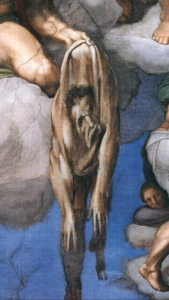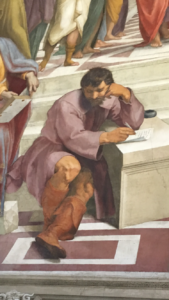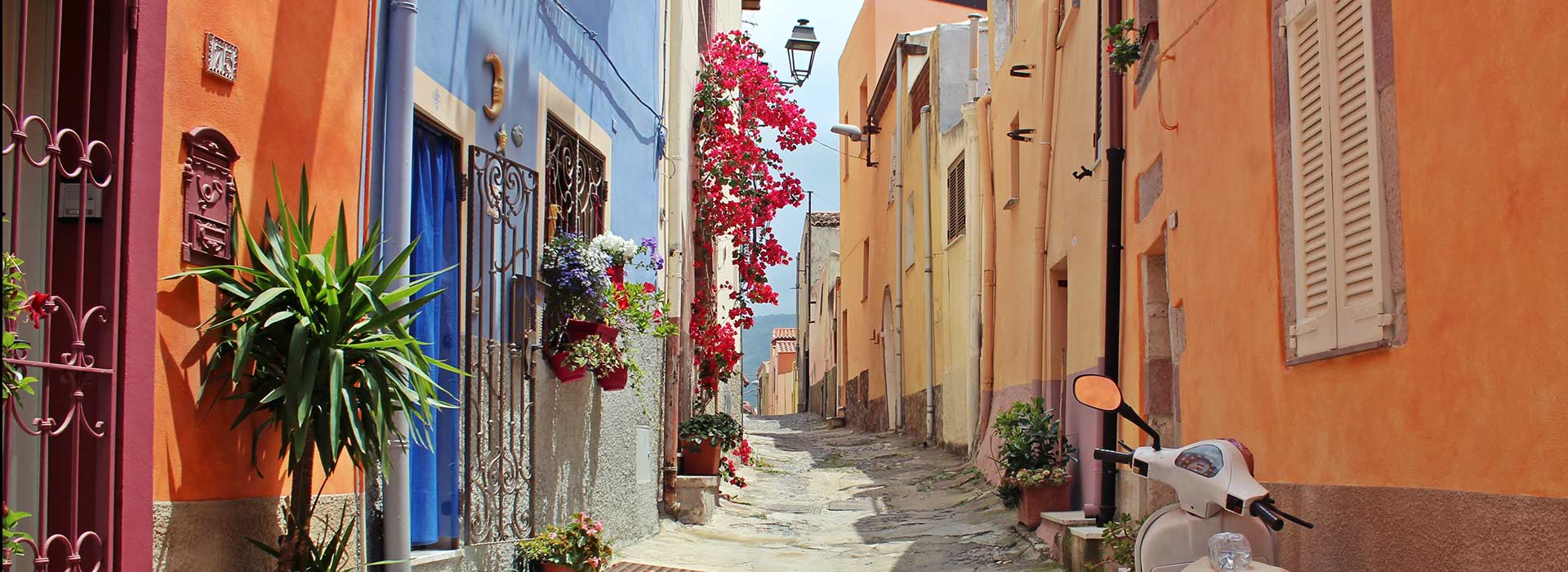19 May The Suffering of Michelangelo


Heralded as one of the greatest artists of the High Renaissance, and even the archetypal “Renaissance Man,” (a distinction shared with rival Da Vinci), Michelangelo went to great lengths to create the frescoes seen today on the ceiling of the Sistine Chapel. Michelangelo was commissioned by Pope Julius II to complete the ceiling, a proposition he originally declined on the principle that he was a sculptor, and not a painter. Eventually however he would acquiesce, given the inability to truly refuse a pope. Painting these frescoes would prove to be quite the arduous task, as the ceiling spans an enormous area, and Michelangelo completed it all alone. Added to this, is the extreme complexity of the frescoes, separated into nine sections, (3×3, being the sublimation of perfection) replete with minute detail. The process took Michelangelo over four years to complete, his painstaking labor compounded by the fact that he had to lay on his back and paint each part inch by inch, as the scaffolding that supported him was moved with each completed area. Michelangelo even had to contend with Catholic superstition as he had to paint right-handed while anyone was there with him, since his dominant left hand would be seen as the work of the Devil. Nonetheless, he completed the ceiling regarded as a masterpiece, even adding a self portrait of himself as an empty bag of skin,an allusion to his own feelings of emptiness after working so long on an artwork not of marble, and one in stark contrast to his depiction by Raphael in “The School of Athens.” After completing this project, Michelangelo was rewarded in death by having his scenes of human nudity (a reference to our being naked in the eyes of God) censored by the church. One can only wonder how Michelangelo would have felt about this vandalism, as well as the herds of tourists gawking at his work, packed shoulder to shoulder like penned-in cattle…

